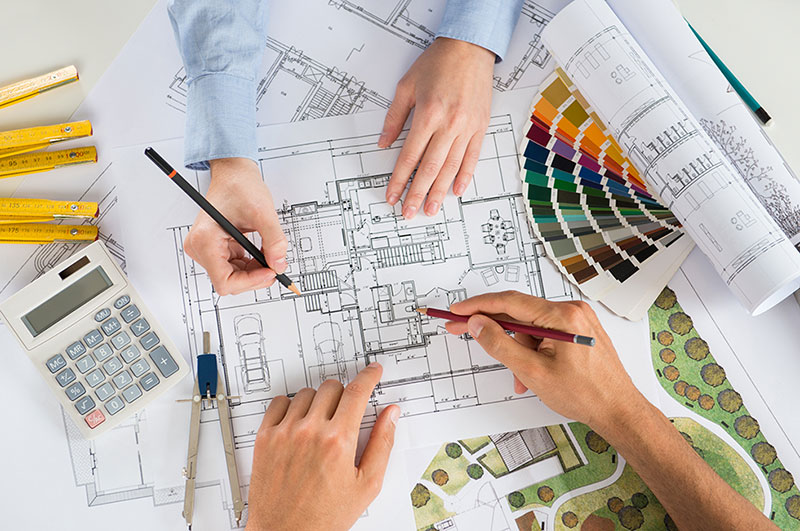Artisans required to complete a building process

Artisans are skilled craftsmen or workers who are essential for various stages of the building process. Depending on the type of construction or project, different types of artisans may be required. Here are some key roles they play: Certainly! Let’s delve deeper into the roles and responsibilities of these artisans in the building process:
1. Masons:
– Responsibilities: They construct walls, buildings, and other structures using materials such as brick, stone, concrete blocks, and tiles. Masons are skilled in mixing mortar, laying bricks or stones according to architectural plans, and ensuring the structural integrity of the construction.
– Specializations: Some masons specialize further, such as in stonemasonry, where they work with natural stone to create intricate designs or historical restoration projects.
2. Carpenters:
– Responsibilities: Carpenters work with wood and other materials to construct and repair structures, frameworks, furniture, and fixtures. They interpret blueprints, measure and cut materials, assemble components, and may also install windows, doors, and flooring.
– Specializations: Carpenters can specialize in rough carpentry (framing and structural work), finish carpentry (fine woodworking and detailed finishing work), or cabinetmaking.
3. Electricians:
– Responsibilities: Electricians are responsible for installing, maintaining, and repairing electrical systems in buildings. They follow electrical codes and blueprints, install wiring and electrical components, and ensure that electrical systems are safe and functional.
– Specializations: Electricians may specialize in residential, commercial, or industrial electrical work, and some may focus on specific systems like HVAC (heating, ventilation, and air conditioning) or renewable energy installations.
4. Plumbers:
– Responsibilities: Plumbers install and repair plumbing systems that carry water, gas, and waste. They read blueprints, install pipes and fixtures (such as sinks, toilets, and showers), troubleshoot leaks and clogs, and ensure that plumbing systems meet building codes and regulations.
– Specializations: Plumbers may specialize in residential plumbing, commercial plumbing, or specific areas like pipefitting for industrial settings.
5. Painters:
– Responsibilities: Painters apply paint, stain, and other finishes to surfaces to enhance appearance and protect against damage. They prepare surfaces by cleaning, sanding, and applying primer, select and mix paints to achieve desired colors, and apply paint using brushes, rollers, or sprayers.
– Specializations: Painters may specialize in residential, commercial, or industrial painting, and some may have expertise in decorative painting techniques or restoration work.
6. Roofers:
– Responsibilities: Roofers install, repair, and replace roofs on buildings. They work with materials such as shingles, metal, and tar to waterproof and weatherproof roofs, and they may also install insulation materials.
– Specializations: Roofers may specialize in different types of roofing materials or roofing systems, such as flat roofs, pitched roofs, or green roofs (which incorporate vegetation).
7. Tilers:
– Responsibilities: Tilers install tiles on surfaces such as floors, walls, and countertops. They prepare surfaces by cleaning and leveling, cut tiles to fit around obstacles and into corners, apply adhesive, and grout tiles to ensure a secure and attractive finish.
– Specializations: Tilers may specialize in different types of tile work, such as ceramic, porcelain, natural stone, or mosaic tiles, and they may work in residential or commercial settings.
8. Ironworkers:
– Responsibilities: Ironworkers fabricate and install structural and reinforcing iron and steel to form buildings, bridges, and other structures. They read blueprints, cut and weld metal components, and use cranes and other equipment to lift and position heavy materials.
– Specializations: Ironworkers may specialize in structural ironwork, reinforcing steel (rebar) for concrete structures, or ornamental ironwork for decorative elements.
9. Glaziers:
– Responsibilities: Glaziers install glass in windows, doors, skylights, and other openings in buildings. They measure and cut glass to size, install glass panels using putty, sealants, or metal fasteners, and ensure that installations are secure and meet safety standards.
– Specializations: Glaziers may work with different types of glass, such as insulated glass units (double-pane windows), safety glass (tempered or laminated glass), or decorative glass.
10. Plasterers:
– Responsibilities: Plasterers apply plaster to walls and ceilings to create smooth finishes and decorative textures. They prepare surfaces by applying base coats and finishing coats of plaster, use tools to achieve desired textures or designs, and may also repair or restore existing plasterwork.
– Specializations: Plasterers may specialize in interior plastering, exterior stucco work, or decorative plaster moldings and designs.
